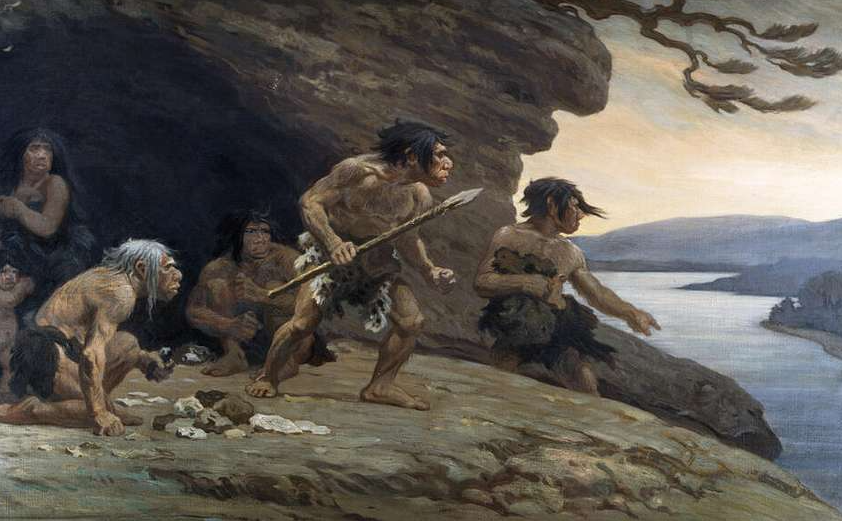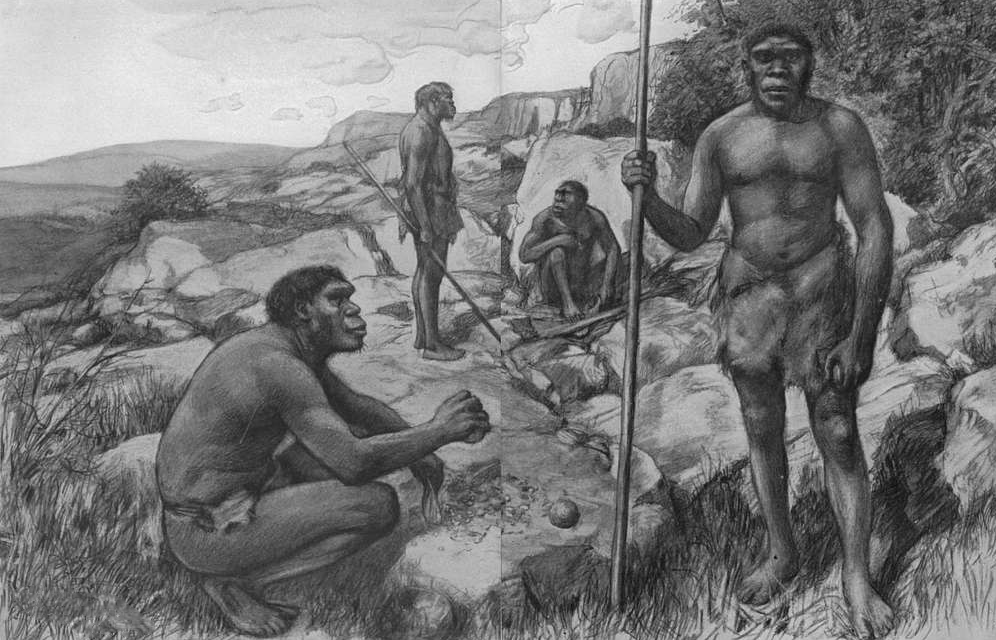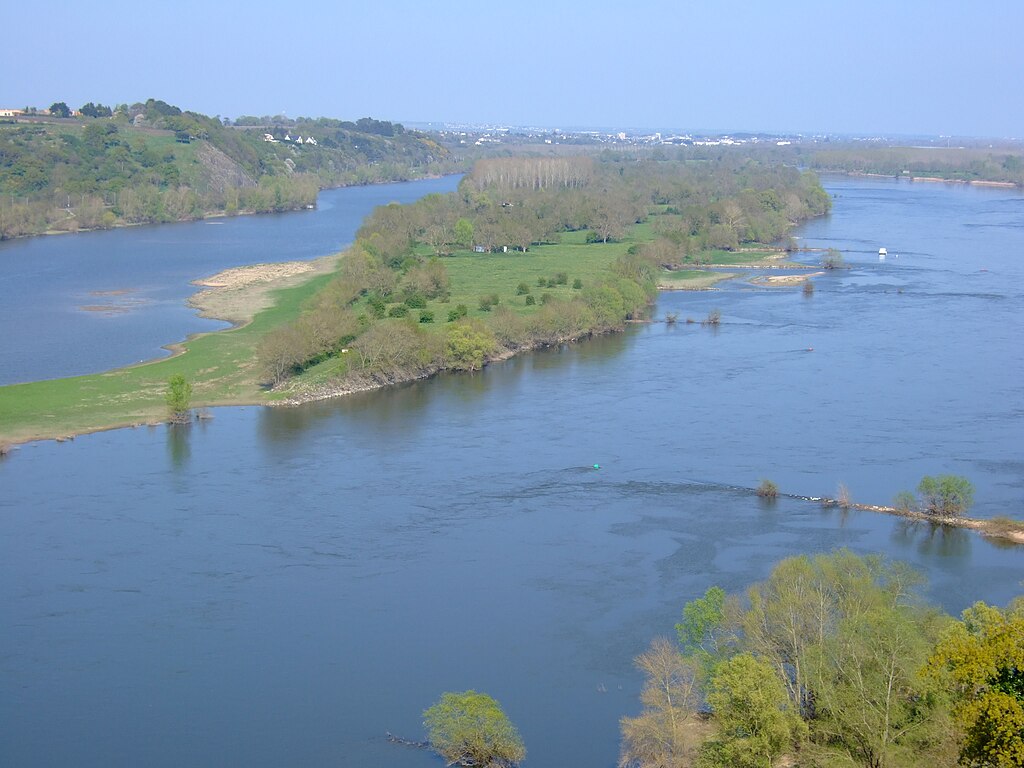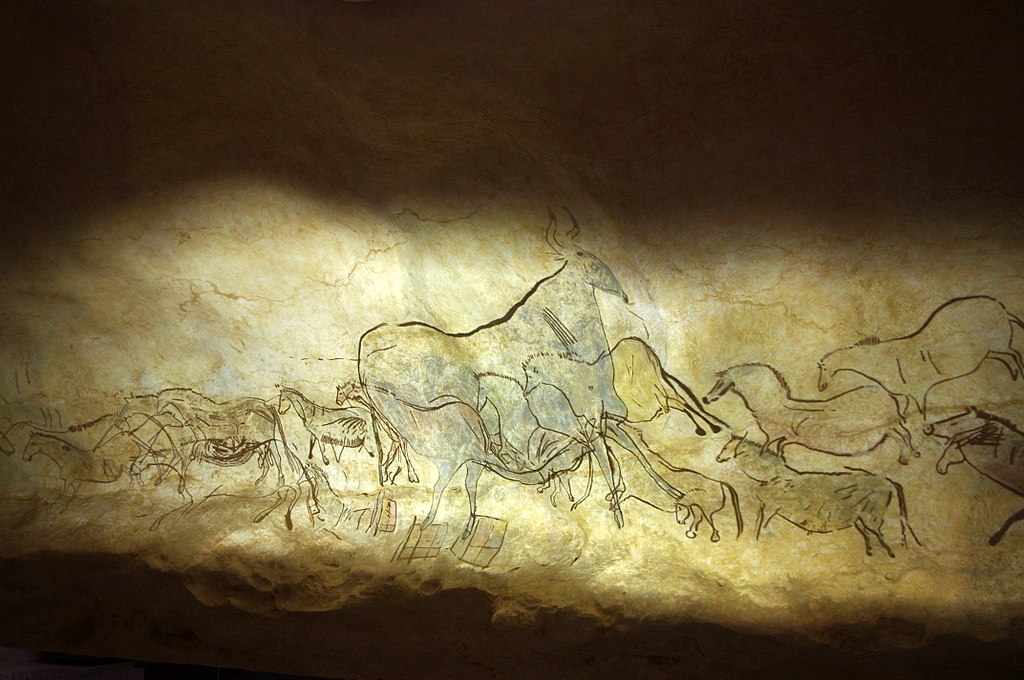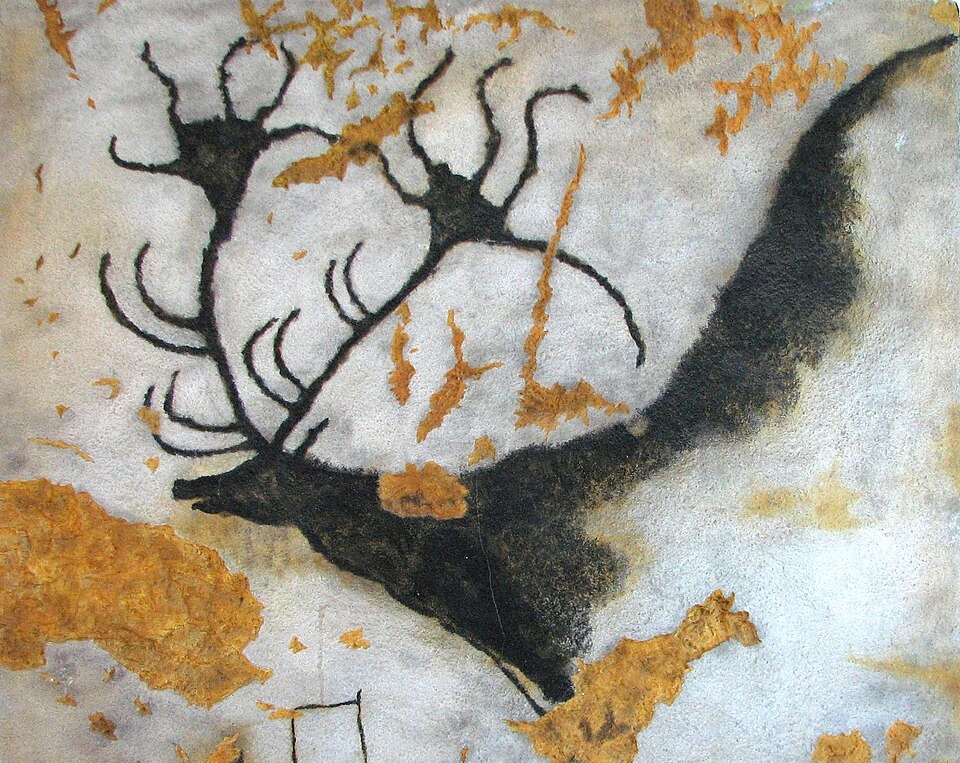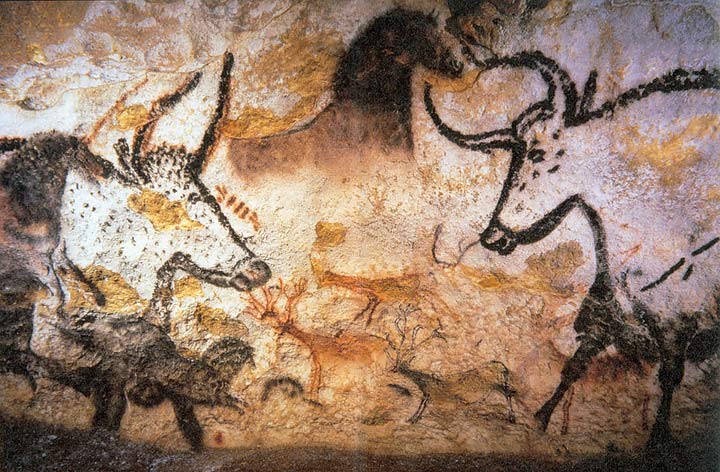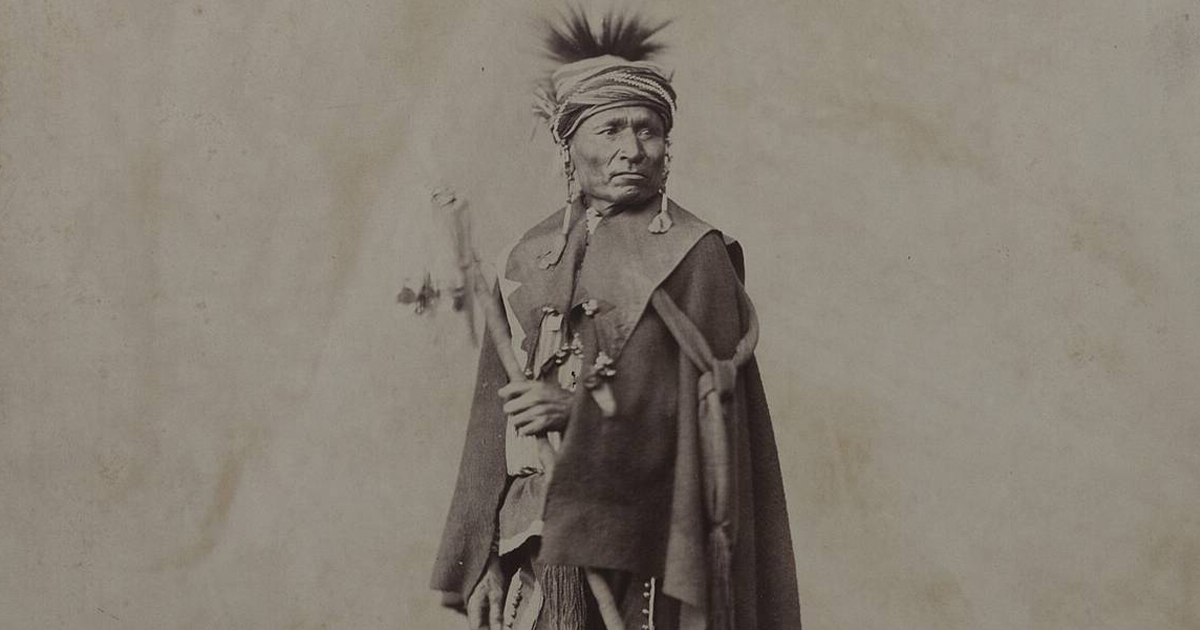A Whole Other Species
With 8 or so billion of us on the planet, it’s hard to imagine that there was a time when we shared the planet with another species of human being. But less than 100,000 years ago, there were at least two different kinds of human on the planet: we Homo sapiens and Homo neanderthalensis, or the Neanderthal.

Just Us Now
Homo sapiens are the only species of human on the planet now. But, geologically speaking, it’s not so long ago that we shared the planet. And evidence found in a cave in France from about 57,000 years ago suggests that our ancient cousins were more sophisticated than we thought.
 Neanderthal-Museum, CC BY-SA 4.0, Wikimedia Commons
Neanderthal-Museum, CC BY-SA 4.0, Wikimedia Commons
Where Did We Come From?
Hominids, of which we are the latest example, have a fairly brief history on the Earth. Our most distant ancestors, Australopithecus anamensis, appeared in the fossil record just over 4 million years ago. They were a lot closer to apes than we are now, but they got us started on the road to humanity.
 Carmen Sarjeant, CC BY-SA 4.0, Wikimedia Commons
Carmen Sarjeant, CC BY-SA 4.0, Wikimedia Commons
Along Come Modern Humans
What we think of as modern humans developed between 200,000 and 300,000 years ago in Africa, around the same time that Neanderthals appeared in Europe and West Asia. Between Australopithecus and the modern human were a couple of million years of evolution through various genii of Homo.
 A_Peach, CC BY 2.0, Wikimedia Commons
A_Peach, CC BY 2.0, Wikimedia Commons
A Long History Of Art
Despite vast developmental differences between modern humans and our ancient ancestors, we all seem to be drawn (pun intended!) to art. There is evidence that Homo erectus, more than 500,000 years ago, decorated shells with zigzag carvings.
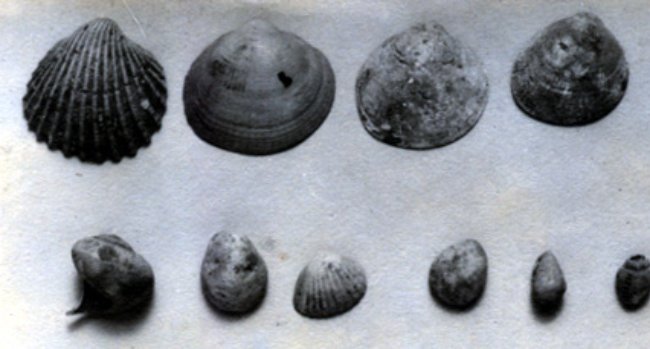 Metropolitan Museum of Art, CC0, Wikimedia Commons
Metropolitan Museum of Art, CC0, Wikimedia Commons
The Handprints Of History
Other evidence suggests that early hominids deliberately left markings and representations as they passed through areas. The Tibetan Plateau features what appear to be deliberate hand and footprints dated at around 200,000 years old.
 Jialiang Gao, CC BY-SA 3.0, Wikimedia Commons
Jialiang Gao, CC BY-SA 3.0, Wikimedia Commons
Cave Painting Has A Long History
The oldest known cave paintings are in three caves in Spain and come from around 65,000 years ago. Attributed to Neanderthals, they appear to be made using a red pigment that survived thousands of years undisturbed.
 Museo de Altamira y D. Rodríguez, CC BY-SA 3.0, Wikimedia Commons
Museo de Altamira y D. Rodríguez, CC BY-SA 3.0, Wikimedia Commons
Abstract Vs Figurative Art
The main difference between the art of modern humans and that of archaic humans is representation. Most examples of art by Neanderthal and earlier species are abstract, whereas the early art of Homo sapiens is figurative, depicting actual animals and objects encountered in nature.
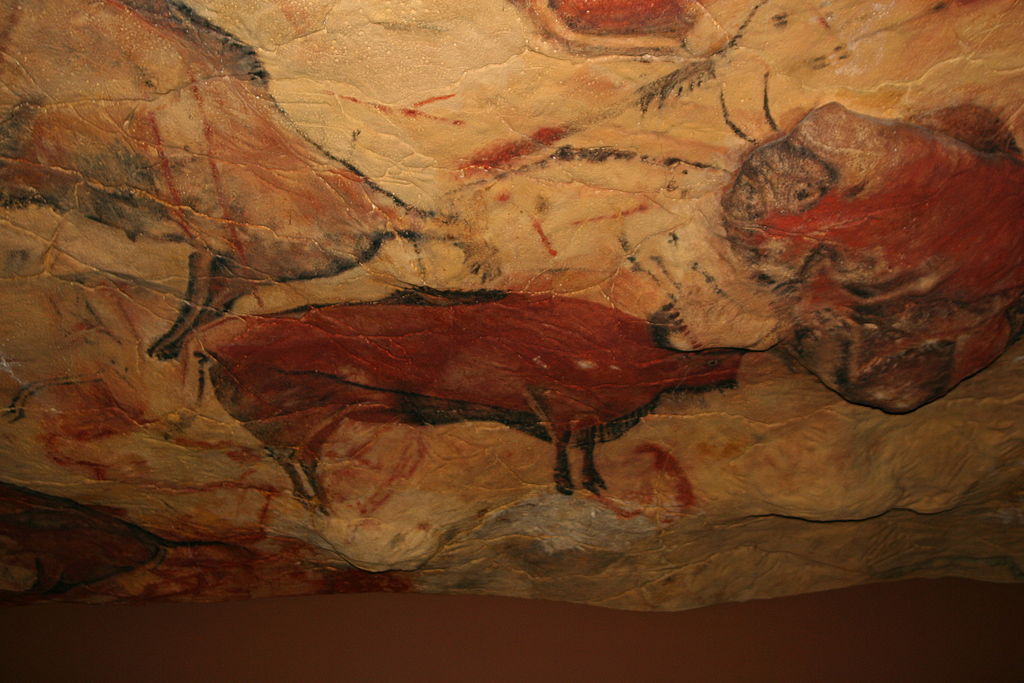 MatthiasKabel, CC BY-SA 3.0, Wikimedia Commons
MatthiasKabel, CC BY-SA 3.0, Wikimedia Commons
A Prehistoric Purple Pig
The earliest figurative art from modern humans dates to around 45,000 years ago. A purple pig on a wall at the Leang Tedongnge cave in Indonesia may well be the oldest known artwork of Homo sapiens.
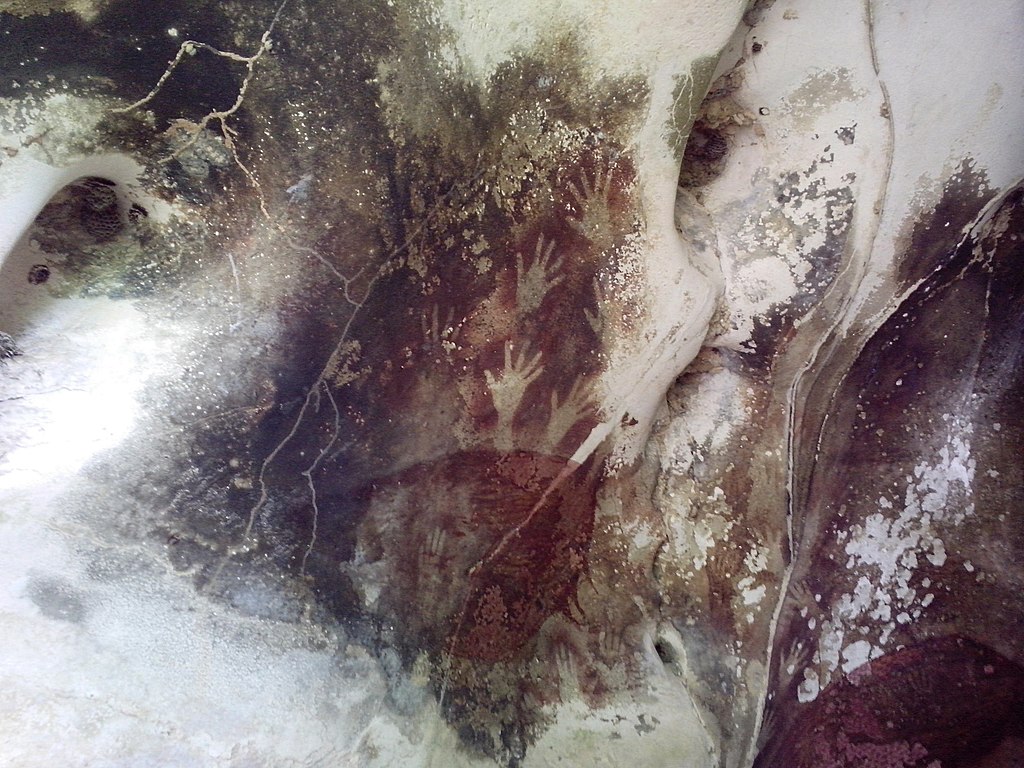 Cahyo, CC BY-SA 3.0, Wikimedia Commons
Cahyo, CC BY-SA 3.0, Wikimedia Commons
Drawing What They Saw
Unlike the abstract Neanderthal paintings and carvings, ancient modern humans thought it was important to depict the world as they saw it. Aside from the pig, other figures like lions and mammoths, discovered in Spain and France, date from around 30,000 to 40,000 years ago.
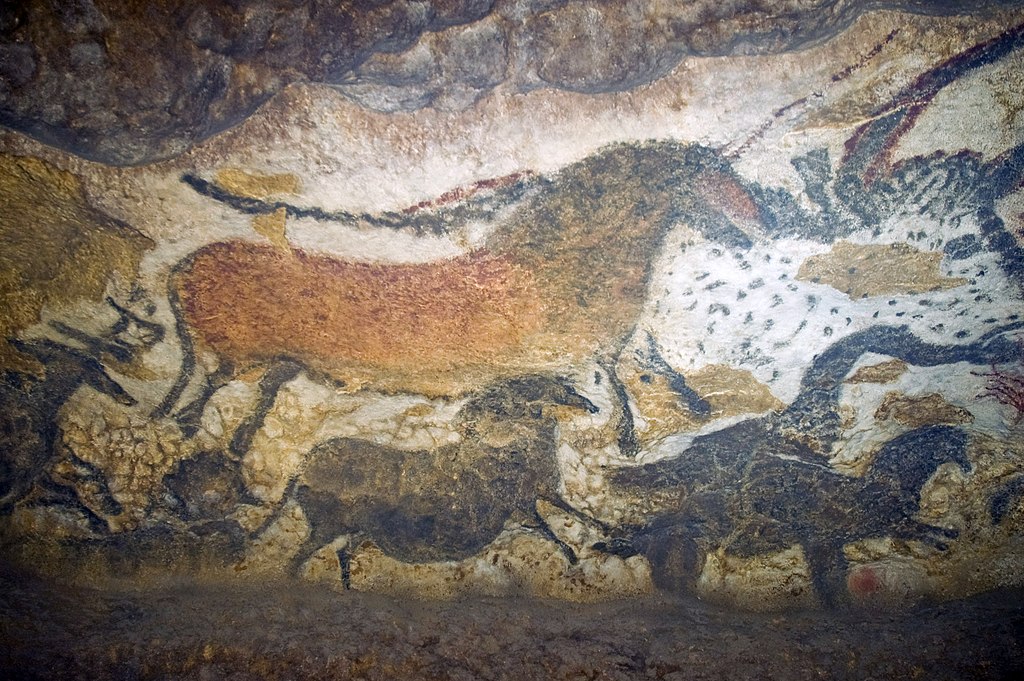 Jack Versloot, CC BY 2.0, Wikimedia Commons
Jack Versloot, CC BY 2.0, Wikimedia Commons
Rethinking The Neanderthal
For a long time, the Neanderthal was our stereotypical image of the caveman: communicating in grunts, violent, and primitive. But many recent discoveries, art and tools among them, have made scientists question that primitive picture.
Closer To Us Than We Thought
Far from being brutish cavemen, more and more evidence suggests that Neanderthals were thoughtful early humans. Burial sites and rites, as well as early art, suggest that Neanderthals were much more complex than we thought.
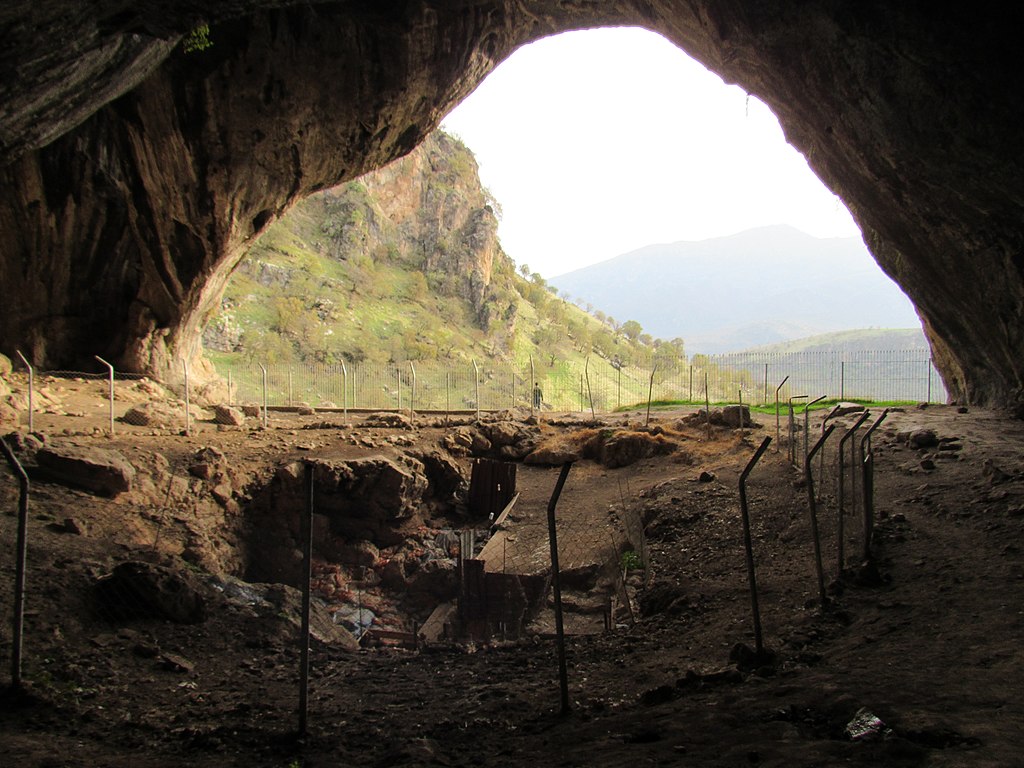 Khoshhat, CC BY-SA 4.0, Wikimedia Commons
Khoshhat, CC BY-SA 4.0, Wikimedia Commons
A Trip To Europe
Homo sapiens, the modern human, are thought to have left their African home as early as 250,000 years ago. By about 50,000 years ago, our ancestors had colonized many parts of the world, including Europe, where they ran into the Neanderthals. But why aren’t they around anymore?
 Osama Shukir Muhammed Amin, CC BY-SA 4.0, Wikimedia Commons
Osama Shukir Muhammed Amin, CC BY-SA 4.0, Wikimedia Commons
There Can Be Only One
The success of modern humans on Earth was once attributed to our violent nature. Scientists argued that we wiped out any other species of archaic humans and took their territory for our own.
An Absorbing Tale
More recently, it has been suggested that we actually interbred with other species, eventually absorbing them into our species and replacing them. DNA testing reveals that some modern humans still carry Neanderthal genes, though most of them are “junk” DNA that has no effect on our development.
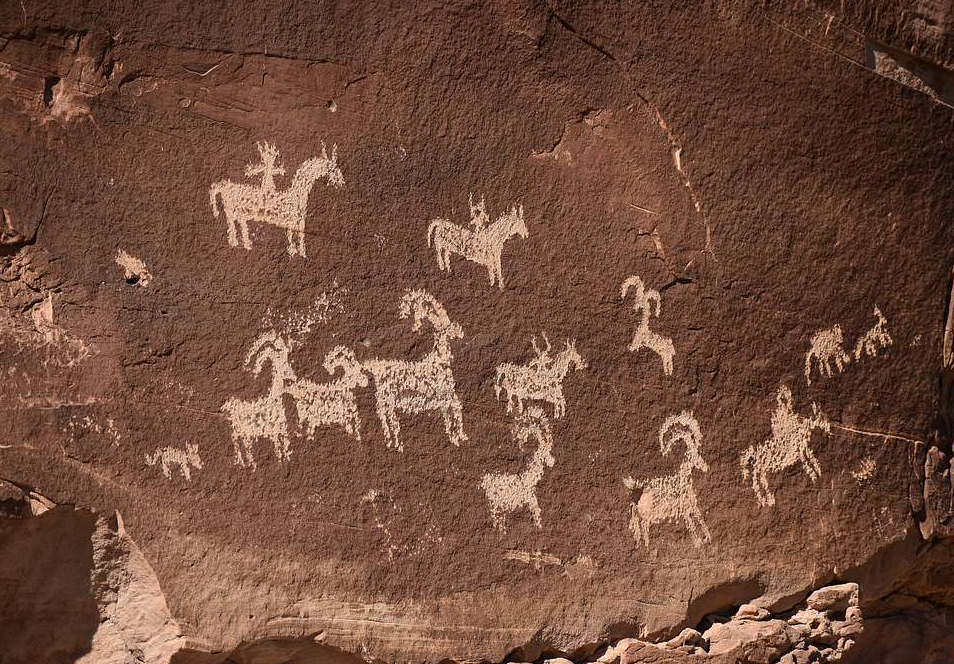 National Parks Service, Picryl
National Parks Service, Picryl
In The French Countryside
All of which leads us to La Roche-Cotard, a cave near the Loire River in France. A recent investigation of the carvings found in the cave suggests that these are the oldest known Neanderthal carvings yet discovered.
An Ancient Cave
La Roche-Cotard is an ancient cave. It sits on a wooded hillside above the Loire River. Estimates say that the carvings were made well before modern humans entered Europe, almost 57,000 years ago.
 Watch: Archaeologists discover 57,000-year-old Neanderthal markings in French cave, Euronews Culture
Watch: Archaeologists discover 57,000-year-old Neanderthal markings in French cave, Euronews Culture
A Cave Revealed By Progress
So how did these markings go undiscovered for such a long time? The cave itself was revealed just under 100 years ago by workers constructing a railroad. The secret to how it was so well-hidden lies with a nearby river.
 Jean-Claude Marquet, CC BY 4.0, Wikimedia Commons
Jean-Claude Marquet, CC BY 4.0, Wikimedia Commons
Where The River Ran
The Loire River runs near to where the cave sits, in a hillside. Geologists suggest that the river was once much closer to the hill and would periodically flood the cave, which helped carve it out of the hillside. Eventually, the flooding left enough sediment to cover the cave completely.
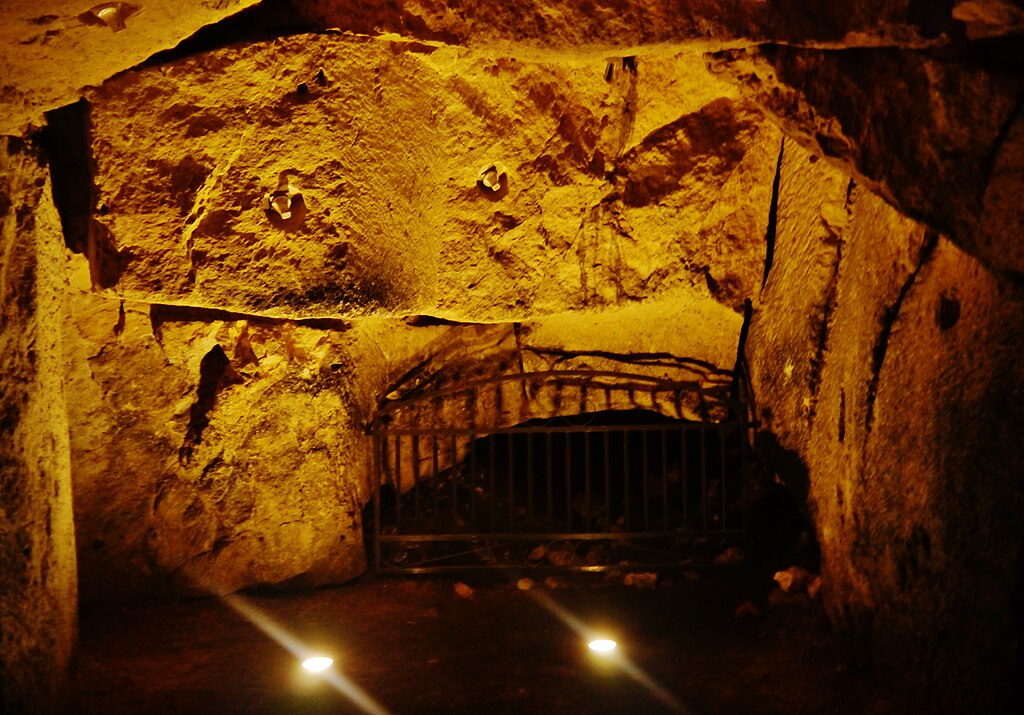 Zairon, CC BY-SA 4.0, Wikimedia Commons
Zairon, CC BY-SA 4.0, Wikimedia Commons
Measuring The Sediment
The sediment holds one of the keys to how scientists determined the age of the cave. By measuring how long it has been since the exposure of certain minerals to daylight, scientists can estimate how long ago the cave was buried.
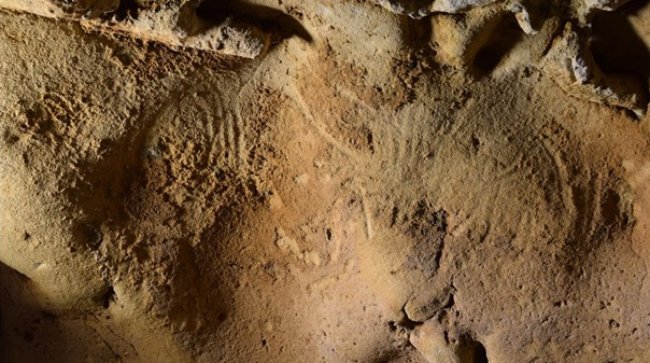 Bernietaylor, CC BY 4.0, Wikimedia Commons
Bernietaylor, CC BY 4.0, Wikimedia Commons
Quartz Tells Its Story
Using a process called optically stimulated luminescence dating, researchers examined grains of quartz left in the sediment in and around the cave. The process revealed that the grains had not seen daylight in 57,000 years.
 57,000-year-old Neanderthal engravings found in French cave | AFP, AFP News Agency
57,000-year-old Neanderthal engravings found in French cave | AFP, AFP News Agency
The First Excavation
The first proper excavation of the site took place in 1912. At this time, paleontologists found prehistoric stone tools and bones belonging to animals that the archaic humans would have hunted. They determined that hunters had used the site frequently many thousands of years ago.
 57,000-year-old Neanderthal engravings found in French cave | AFP, AFP News Agency
57,000-year-old Neanderthal engravings found in French cave | AFP, AFP News Agency
Paying Attention To The Walls
In the 1970s, investigators started paying attention to the marks in the walls. While there were definitely carvings made by early humans, the cave walls were also marked by animals, such as cave bears, and by tools used in the earlier excavations of the site.
 57,000-year-old Neanderthal engravings found in French cave | AFP, AFP News Agency
57,000-year-old Neanderthal engravings found in French cave | AFP, AFP News Agency
Carving Their Name In History
These wall carvings are significant because they are the oldest known example of this kind of prehistoric art yet discovered. The discovery suggests that Neanderthals experimented with different ways of expressing themselves artistically, leading scientists to question the depiction of early humans as violent and brutish.
 57,000-year-old Neanderthal engravings found in French cave | AFP, AFP News Agency
57,000-year-old Neanderthal engravings found in French cave | AFP, AFP News Agency
Almost 20,000 Years Earlier
The carvings at La Roche-Cotard predate the next earliest Neanderthal carvings by almost 20,000 years. A cross-hatched pattern in a cave in Gibraltar is thought to be around 39,000 years old.
 57,000-year-old Neanderthal engravings found in French cave | AFP, AFP News Agency
57,000-year-old Neanderthal engravings found in French cave | AFP, AFP News Agency
Making Their Mark
The marks left by the Neanderthals created a number of questions about the thought processes of our archaic ancestors. The markings were not quickly dashed off, the prehistoric equivalent of graffiti, but had taken time and thought.
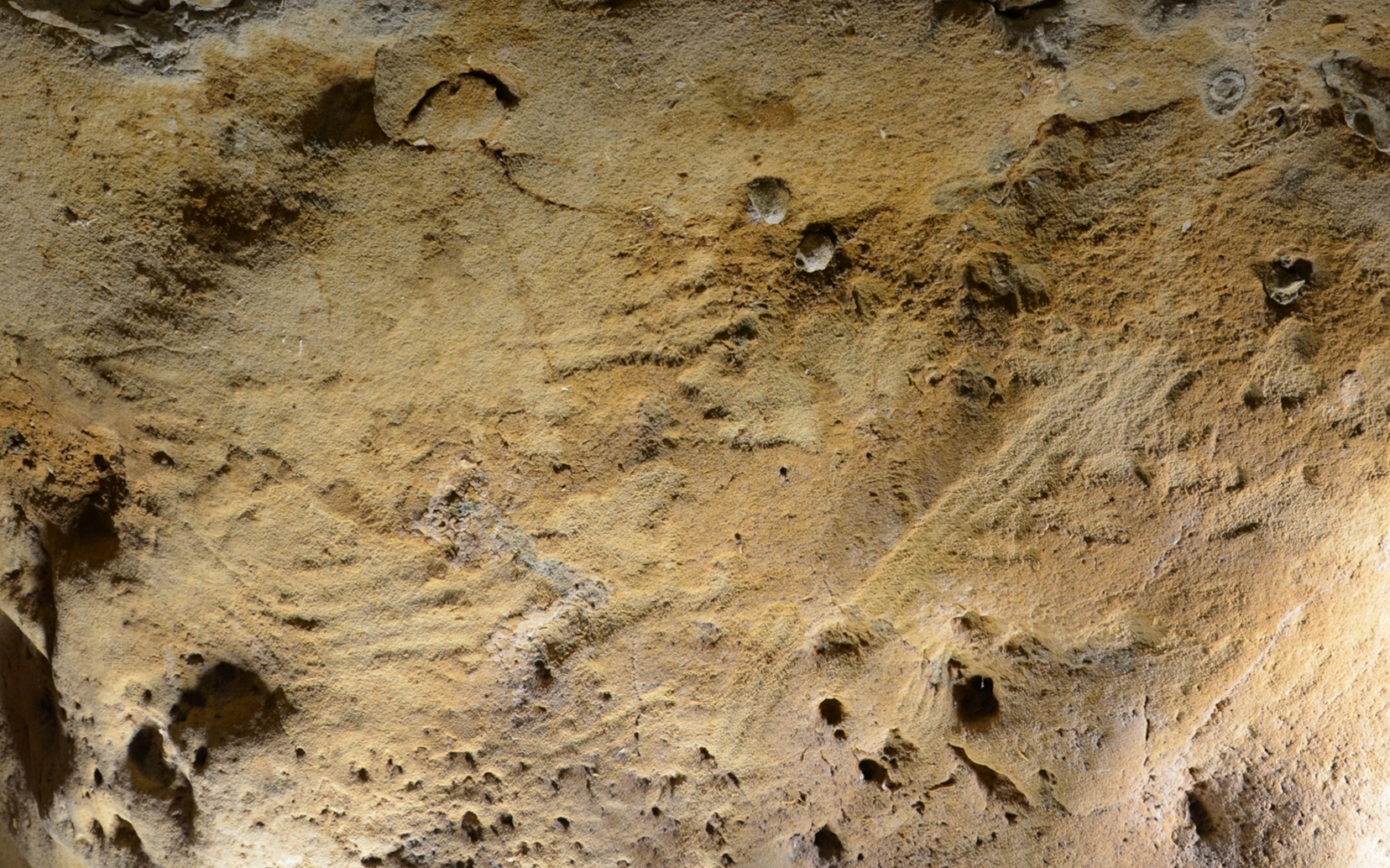 Jean-Claude Marquet, CC BY 4.0, Wikimedia Commons
Jean-Claude Marquet, CC BY 4.0, Wikimedia Commons
Tools, Hands, And Claws
A 2016 investigation of the site revealed that the markings came from fingers, stone tools, and animal claws. The cave walls were composed of a soft substance called “tuffeau”, a combination of quartz grains and shell fragments that is very soft to the touch.
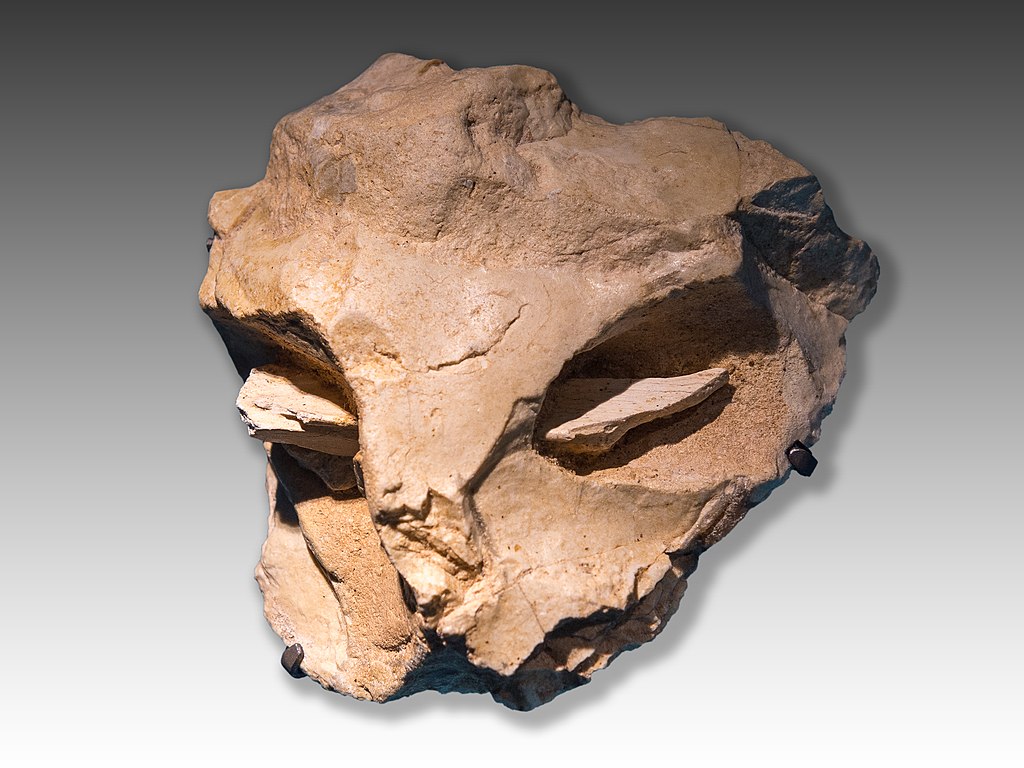 Thilo Parg, CC BY 4.0, Wikimedia Commons
Thilo Parg, CC BY 4.0, Wikimedia Commons
Like Finger-Painting
Researcher Jean-Claude Marquet describes the process of making these markings like this: “When the tip of a finger comes into contact [with the cave wall], a trace is left”. The same is true as the finger is moved through the substance.
 Nicolas van Ingen, Wikimedia Commons
Nicolas van Ingen, Wikimedia Commons
Reproducing The Markings
As a way of confirming to themselves how ancient humans might have made these markings, paleontologists went to a nearby cave with similarly composed walls and tried to make the markings themselves. The engravings they created were very similar to the ones at La Roche-Cotard.
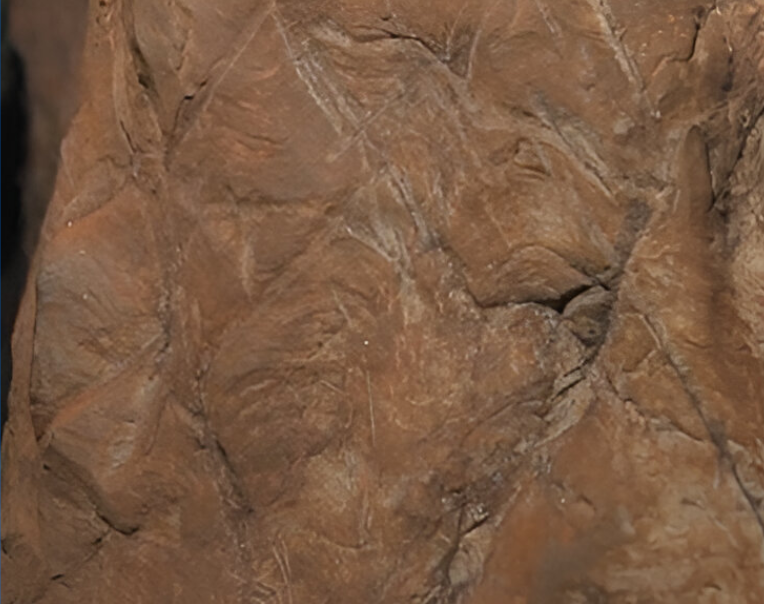 Bernietaylor, CC BY 4.0, Wikimedia Commons
Bernietaylor, CC BY 4.0, Wikimedia Commons
Ancient Tech Meets Computer Science
The 2016 investigation also involved scanning the symbols on the walls and creating 3D computer models of them. This allowed researchers to compare them to other Neanderthal carvings.
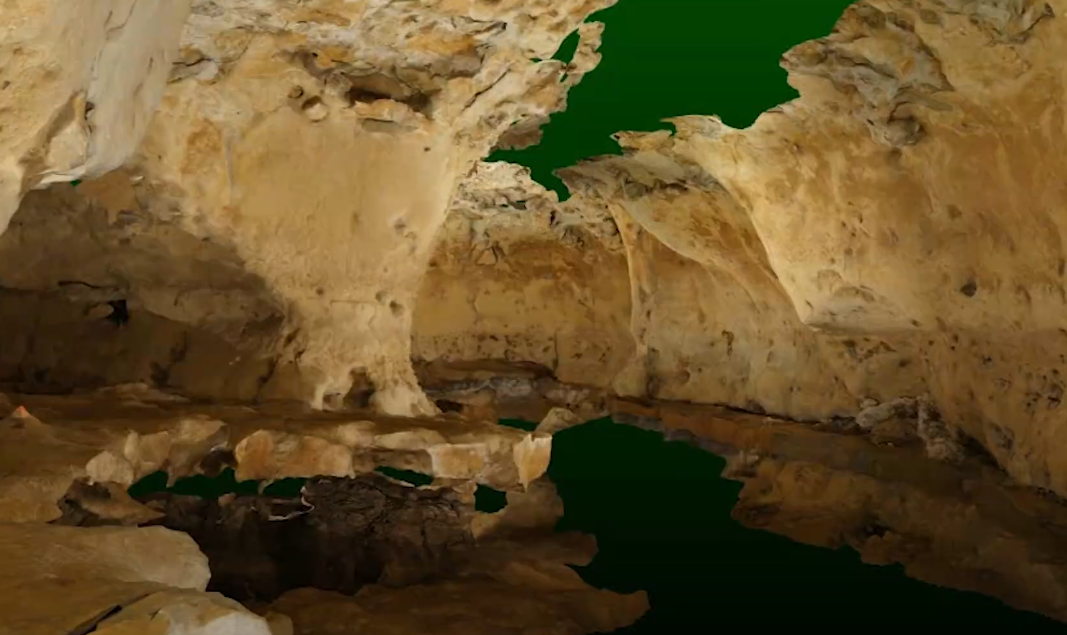 57,000 year old Neanderthal wall art uncovered in France, The Independent
57,000 year old Neanderthal wall art uncovered in France, The Independent
Made With Intention
They determined that the markings were intentional and had some kind of logic. Rather than being random markings due to the cave’s periodic flooding, the computer modeling confirmed that the lines and dots were human-made. They just weren’t sure what the patterns meant.
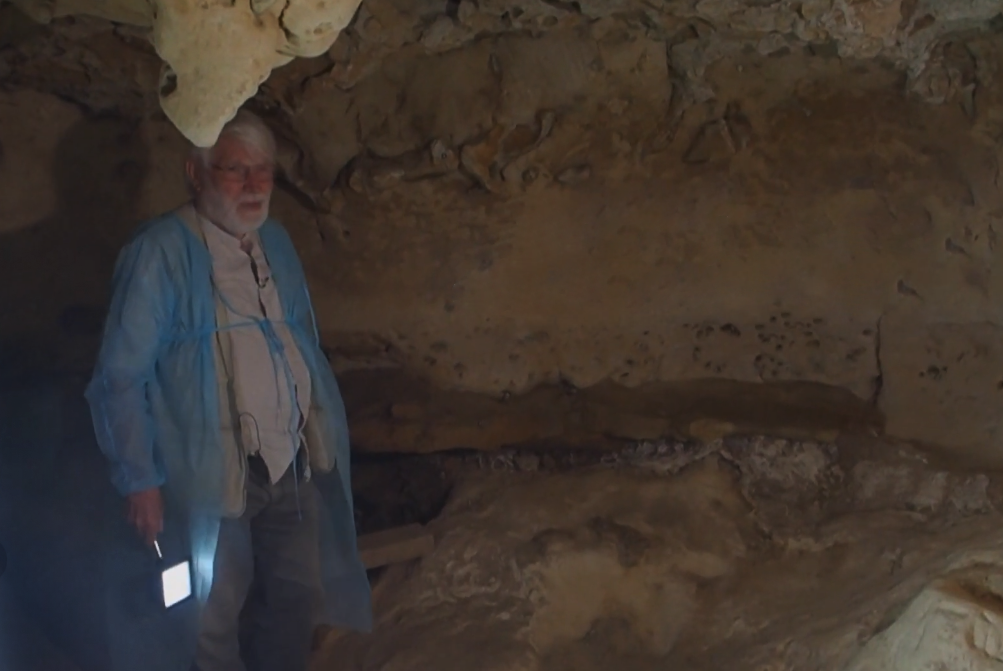 57,000-year-old Neanderthal engravings found in French cave FRANCE 24 English, FRANCE 24 English
57,000-year-old Neanderthal engravings found in French cave FRANCE 24 English, FRANCE 24 English
Are We Sure It Was The Neanderthals?
Being precise about events that occurred tens of thousands of years ago is not easy. But the researchers at the French cave have a number of different ways of determining who made the markings and how long ago they were produced.
Tool Time
The tools discovered in the cave were from a era of human development known as the Mousterian period. Such implements are created by banging stones together and flaking pieces off that can be utilized for digging or hunting.
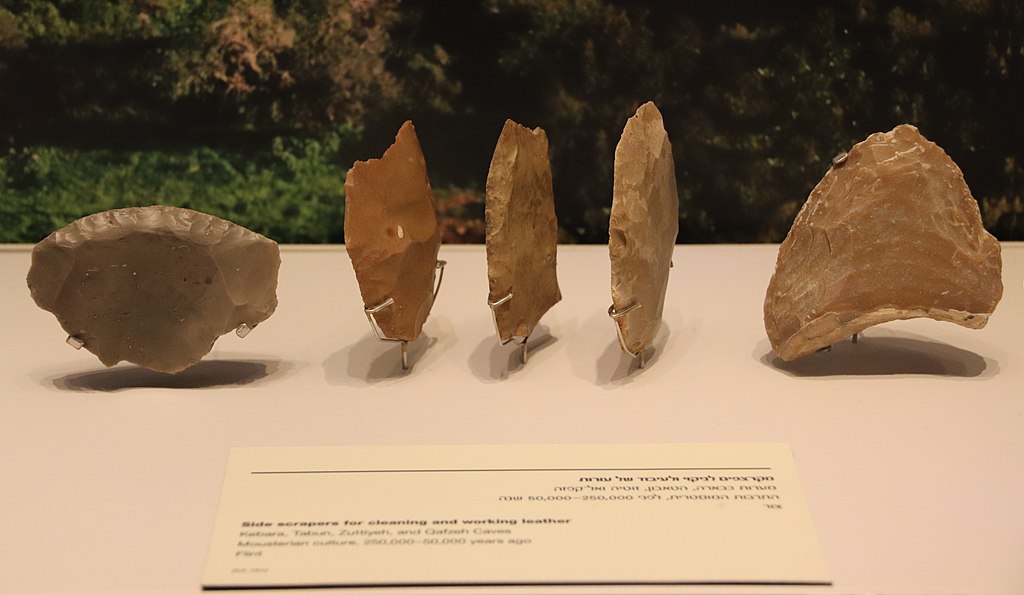 Gary Todd, CC0, Wikimedia Commons
Gary Todd, CC0, Wikimedia Commons
But Who Made The Tools?
Tools from the Mousterian period are most often associated with Neanderthals. The chipped flint tools found in the cave used something called the Levallois technique and are almost exclusively connected to the technology of the Neanderthals.
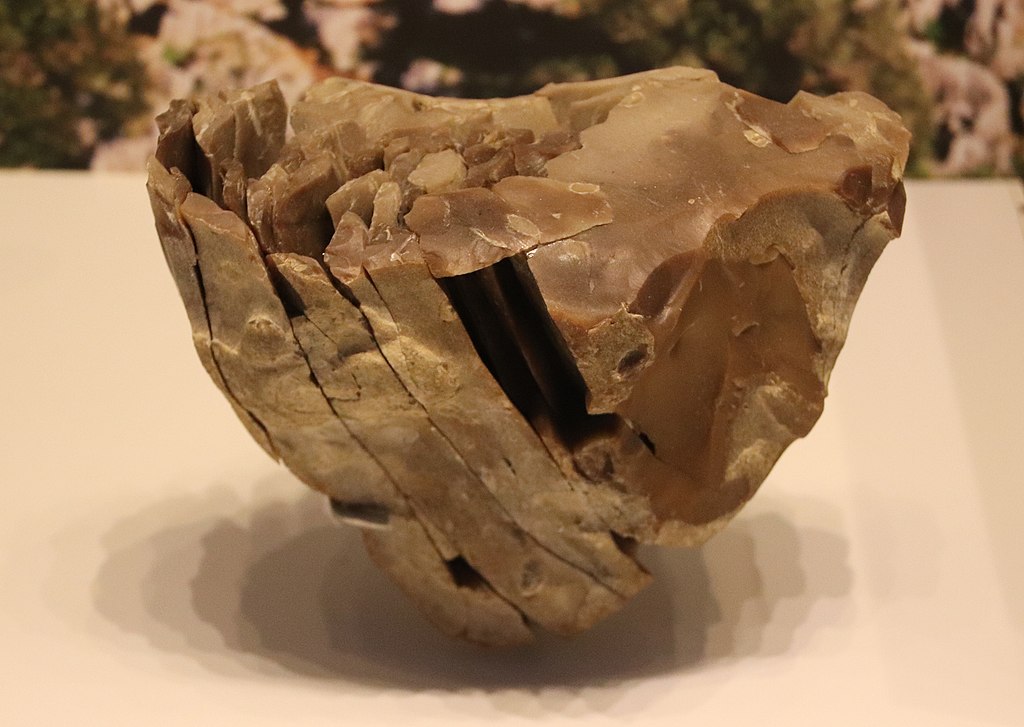 Gary Todd, CC0, Wikimedia Commons
Gary Todd, CC0, Wikimedia Commons
Converging Evidence
Putting together the tools, the analysis of the river sediment, and comparisons to other carvings attributed to Neanderthals, the researchers were able to state with some authority that the carvings were produced by Homo neanderthalensis well before modern humans entered Europe.
 Didier Descouens, CC BY-SA 4.0, Wikimedia Commons
Didier Descouens, CC BY-SA 4.0, Wikimedia Commons
No Later Evidence
Another way of determining the age and inhabitants of the cave is through a lack of evidence. The only carvings and tools found at the site were from Neanderthals, with no later technologies or art from modern humans.
 A_Peach, CC BY 2.0, Wikimedia Commons
A_Peach, CC BY 2.0, Wikimedia Commons
But What Do They Mean?
Discovering and dating the art is just the beginning. The next question researchers asked is: “What do these carvings mean”? The marks appear to be thoughtful and planned, but it’s virtually impossible for us to understand why Neanderthal hunters left them on the soft cave walls.
Not For Us
While Neanderthals are related to modern humans, they were a different species with a different way of thinking. The markings at La Roche-Cotard were not made by people who thought the same way that our ancestors did.
 A_Peach, CC BY 2.0, Wikimedia Commons
A_Peach, CC BY 2.0, Wikimedia Commons
Not What, But Why
As a result, we may never really know what these markings mean. But some researchers believe that knowing what they meant is not as important as recognizing that the culture of Neanderthals evolved to a point where this kind of artistic expression became important.
Remaining A Mystery
While the La Roche-Cotard carvings help us to reconceive our archaic cousins, we will very likely never really understand what the artists intended with their cave carvings. Was it a language, or a way of keeping track of hunted animals? Some things remain a mystery.
You May Also Like:
Kennewick Man Changed Everything We Thought We Knew About The First Americans


